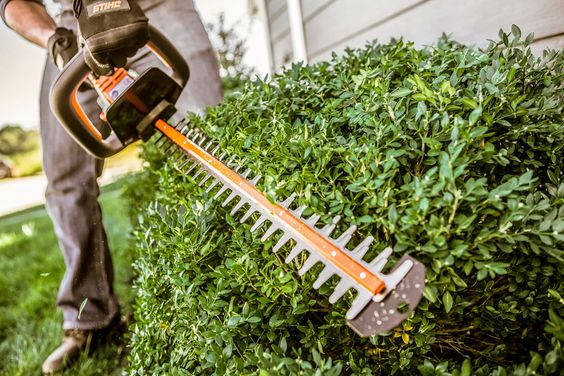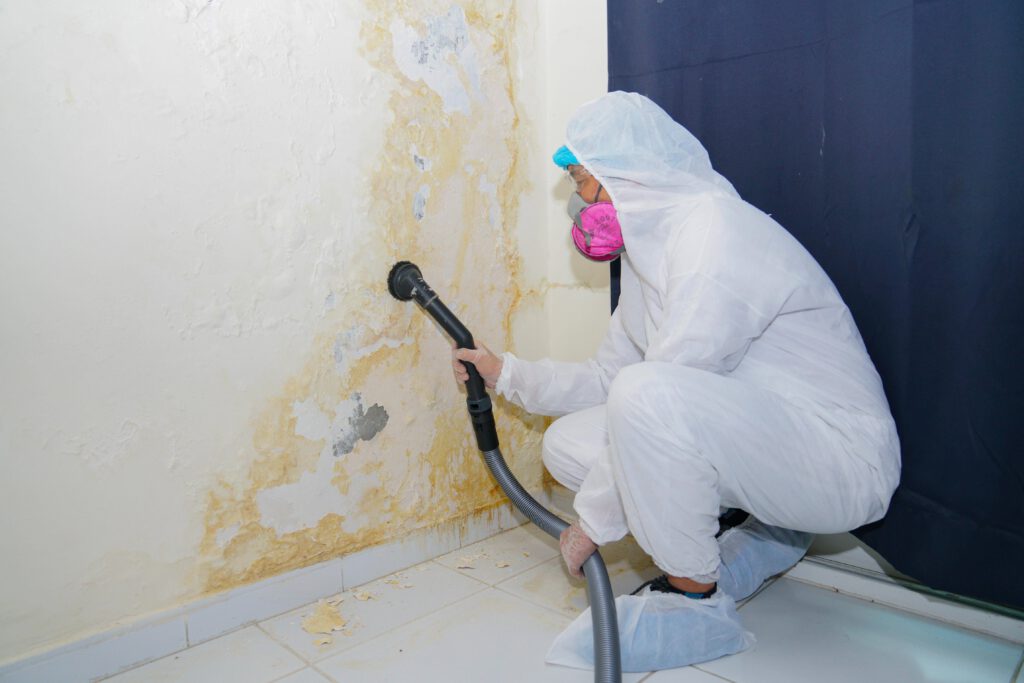As a homeowner, I recently found myself in a situation that many of us face at some point: the need to replace my windows. Choosing the right window style for your replacement project is a significant decision, and it can greatly impact your home’s aesthetics, functionality, and overall comfort.
By following Window Replacement Euless TX, I’ll share my experiences and explore the essential factors to consider when selecting the perfect window style to enhance your living space.
The Significance of Window Styles
Windows are not just functional elements of a home; they are architectural features that play a vital role in defining a house’s character, aesthetics, and functionality. The right window style can transform a room, improve energy efficiency, and enhance your overall living experience.
Factors to Consider When Choosing a Window Style
Here are the key factors to consider when deciding on the ideal window style for your replacement project:
1. Architectural Compatibility:
The first and most crucial consideration is the architectural style of your home. The window style you choose should complement the overall design and era of your house. Different architectural styles have distinct window preferences. For instance:
- Colonial homes often feature double-hung or casement windows.
- Craftsman-style homes typically include large, divided-light windows.
- Modern and contemporary homes favor minimalistic, large picture windows.
Matching your window style to your home’s architecture helps maintain its authenticity and enhances its curb appeal.
2. Functionality:
Consider the function you want your windows to serve. Different window styles offer varying levels of functionality. For example:
- Double-hung windows are versatile and allow for excellent ventilation control.
- Casement windows provide unobstructed views when fully open.
- Awning windows can be left open during light rain for ventilation.
- Sliding windows are ideal for tight spaces and easy operation.
Think about the purpose of each window and how you intend to use it to determine the most functional style for your replacement project.
3. Ventilation Needs:
Ventilation is an essential aspect of window selection. Determine which rooms require good airflow and choose window styles that facilitate effective ventilation. For bedrooms and living spaces, double-hung or casement windows are excellent options. In bathrooms and kitchens, consider awning or hopper windows, which allow for partial ventilation while maintaining privacy and security.
4. Energy Efficiency:
Today, energy efficiency is a top priority for homeowners. The right window style can significantly impact your home’s energy performance. Look for window styles that provide excellent insulation and minimize heat transfer. Double-pane or triple-pane windows with low-e coatings are popular choices for energy efficiency, while fixed windows (picture or specialty shapes) are known for their insulation properties.
5. Natural Light:
Consider how much natural light you want in each room. If you prefer abundant sunlight, choose window styles that allow maximum light, such as picture windows, bay or bow windows, or large sliding windows. If you desire some natural light but with privacy, consider smaller, high-placed windows or frosted glass options.
6. Outdoor Views:
The view from your windows can greatly impact your choice of window style. If you have a beautiful landscape or a particular feature to showcase, large picture windows or bay windows can provide unobstructed views. In contrast, smaller or specialty-shaped windows may be chosen to frame specific outdoor elements or enhance privacy.
7. Privacy and Security:
Consider your need for privacy and security in different areas of your home. Windows with obscured or frosted glass can enhance privacy while still allowing natural light. For enhanced security, look for window styles with secure locking mechanisms, like casement windows.
8. Maintenance Requirements:
Each window style has its own maintenance requirements. Casement and awning windows, for example, are easier to clean because they open fully and can be accessed from both sides. Double-hung windows are also relatively easy to maintain, while fixed windows require the least maintenance but cannot be opened for cleaning.
9. Budget:
Window replacement projects come with varying costs based on the window style, material, and features. Determine your budget for the project and find a window style that balances your aesthetic preferences and financial constraints. Remember that investing in energy-efficient windows can lead to long-term savings on energy bills.
10. Building Codes and Regulations:
Check with local building codes and regulations to ensure that your chosen window style complies with safety and egress requirements, especially in bedrooms and basement spaces. Compliance with local codes is crucial for your family’s safety and to avoid any potential setbacks in your project.
Popular Window Styles for Replacement
Now that you have a clear understanding of the factors to consider, let’s explore some popular window styles for replacement projects:
1. Double-Hung Windows:
Double-hung windows are a classic and versatile choice. They feature two movable sashes that slide vertically within the frame, allowing for precise control of ventilation. These windows are easy to clean, making them a popular option for bedrooms, living rooms, and kitchens.
2. Casement Windows:
Casement windows are hinged on the side and open outward with the turn of a crank handle. They provide unobstructed views and excellent ventilation. Casement windows are often used in contemporary and modern homes.
3. Awning Windows:
Similar to casement windows, awning windows are hinged, but they open outward from the bottom. This design allows for ventilation even during light rain, making them suitable for bathrooms and kitchens.
4. Picture Windows:
Picture windows are fixed windows that do not open. They are known for their expansive views and energy efficiency. These windows are often used to frame scenic views or as a focal point in living rooms.
5. Bay and Bow Windows:
Bay and bow windows create a visually stunning architectural feature. Bay windows typically consist of three panels, with a large central fixed window flanked by two smaller operable windows. Bow windows, on the other hand, feature a gentle curve, typically with four or more fixed or operable windows. These windows provide ample natural light and enhance the aesthetic appeal of a room.
6. Sliding Windows:
Sliding windows have sashes that glide horizontally on a track. They are an excellent space-saving option, making them suitable for smaller rooms or areas with limited exterior space for outward-swinging windows.
7. Hopper Windows:
Hopper windows are hinged at the bottom and open inward. They are often used in basements and are ideal for increasing ventilation and natural light while maintaining security and privacy.
8. Specialty-Shaped Windows:
Specialty-shaped windows come in various geometric shapes, adding architectural interest and uniqueness to your home. These windows are often fixed and are used to complement other window styles or as accent pieces.
9. Garden Windows:
Garden windows are like small greenhouse structures that extend outward from the house. They are ideal for growing plants and herbs and provide additional shelving or storage space. These windows are typically installed in kitchens.
10. Custom Windows:
If none of the standard window styles meet your specific requirements, custom windows can be designed to fit your unique needs and architectural preferences. Custom windows provide endless possibilities for creativity and personalization.
The Final Decision: Finding the Perfect Window Style
Choosing the right window style for your replacement project is a decision that should reflect your home’s architecture, your lifestyle, and your specific needs. As a homeowner, I carefully considered the factors discussed in this article, such as architectural compatibility, functionality, ventilation needs, energy efficiency, and budget constraints.
In my case, I opted for double-hung windows for the main living areas, as they aligned well with the traditional style of my home and offered excellent ventilation control. Additionally, I chose picture windows to showcase the beautiful garden views in my living room.
In conclusion, based from Window Replacement Euless TX, remember that the window style you select can have a profound impact on your daily life, from the aesthetics of your home to its energy efficiency and overall comfort. Take your time, weigh your options, and consult with professionals to ensure you make the right choice for your window replacement project. By doing so, you can enhance the beauty, functionality, and value of your home for years to come.
NTHE Window Replacement Euless
3752 Trinity Hills Ln, Euless, TX 76040, United States
817-402-3539










